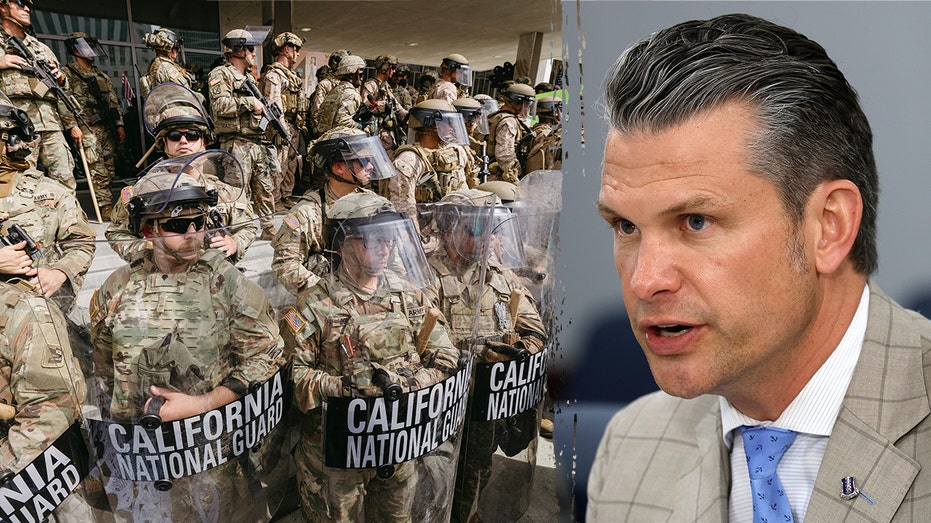The Trump administration has officially concluded the extensive National Guard deployment in Los Angeles, a move initially aimed at addressing ongoing anti-ICE protests that had sparked considerable controversy. This decision marks a significant development in the federal government’s engagement with local unrest, signaling a strategic recalibration as demonstrations have reportedly de-escalated. The National Guard deployment had become a focal point of debate, highlighting tensions between federal and state authority regarding public order.
While the bulk of the forces are withdrawing, a smaller contingent of approximately 250 National Guard members will remain in Los Angeles. Their continued presence is specifically designated for the protection of federal personnel and property, according to statements from Pentagon officials. This phased withdrawal follows a previous cancellation of additional troop deployments, reflecting a shift in the perceived security requirements within the city following a period of heightened activity related to immigration enforcement.
The initial deployment in June saw roughly 4,000 National Guard soldiers and 700 Marines dispatched to Los Angeles to quell what were described as riots against federal immigration policies. This substantial federal intervention was met with strong objections from California’s state and local leadership, including Democratic Governor Gavin Newsom, who initiated legal action to challenge the federal mandate. The dispute underscored fundamental disagreements over the necessity and legality of such deployments without state consent.
The process of troop reduction has been gradual, with half of the deployed National Guard forces withdrawn approximately two weeks prior to the most recent announcement. The Marines, who were also part of the federal response, received orders to depart just a few days later. The Pentagon’s statement reiterated its commitment to ending the deployment of additional National Guard troops, emphasizing a response to the quieted anti-ICE protests and the evolving situation on the ground.
Los Angeles Mayor Karen Bass publicly lauded the departure of more troops, articulating her sentiment on social media by calling it “another win for Los Angeles.” She further expressed determination to maintain pressure until all federal troops were withdrawn from the city. The Mayor emphasized the personal cost to the deployed personnel, noting that “These troops have families and jobs,” and suggesting their efforts could be better utilized in addressing local dangers or preparing for natural disasters like fire threats.
The primary role of the National Guard troops during their controversial tenure in Los Angeles was centered on safeguarding two key federal facilities: the Immigration and Customs Enforcement (ICE) office and a downtown detention facility. Beyond static protection, some personnel were also tasked with shielding federal agents as they conducted immigration raids, a mission that further fueled public outcry and criticism from state officials who argued it escalated tensions within the community.
California leaders consistently argued that the federal National Guard deployment was not only unnecessary but actively contributed to an escalation of tensions, particularly amidst ongoing protests against the Trump administration’s immigration policies and deportations. While demonstrations continue in the area, authorities note that the majority have diminished in scale, remaining scattered and relatively small, influencing the decision to scale back the federal presence.
The legal battle surrounding the deployment underscored the broader conflict over federal authority. Following a lawsuit filed by California to halt the federal deployment of the National Guard, Governor Newsom argued in June that the Trump administration had overstepped its legal bounds. An initial court ruling ordered former President Trump to return control of the National Guard to Newsom, though this order was subsequently and temporarily blocked by the 9th U.S. Circuit Court of Appeals, prolonging the legal wrangling over military control.
The conclusion of this National Guard deployment in Los Angeles highlights a complex interplay of state and federal governance, especially concerning civil unrest and immigration enforcement. It reflects a tactical adjustment by the federal government in response to changing local conditions and sustained political pressure, yet leaves lingering questions about the parameters of presidential power in deploying military assets within states without explicit gubernatorial consent during times of protest.






Leave a Reply